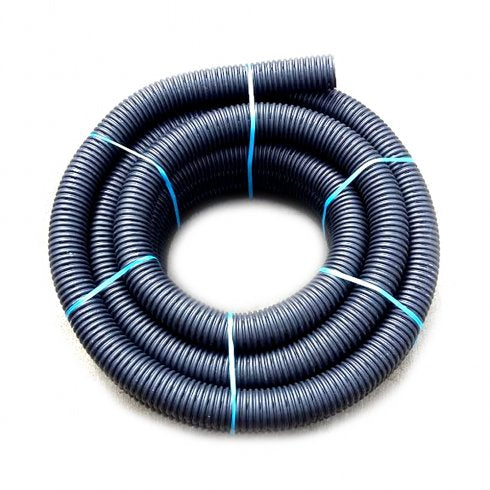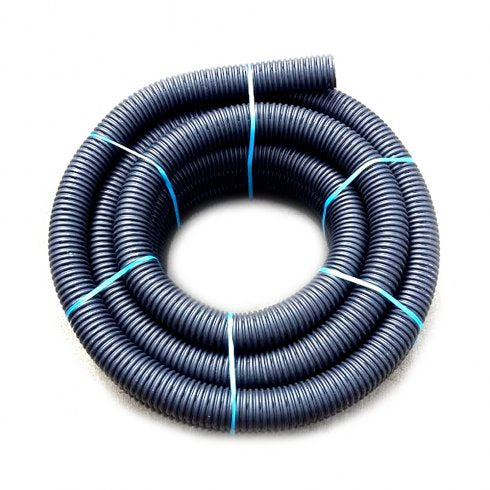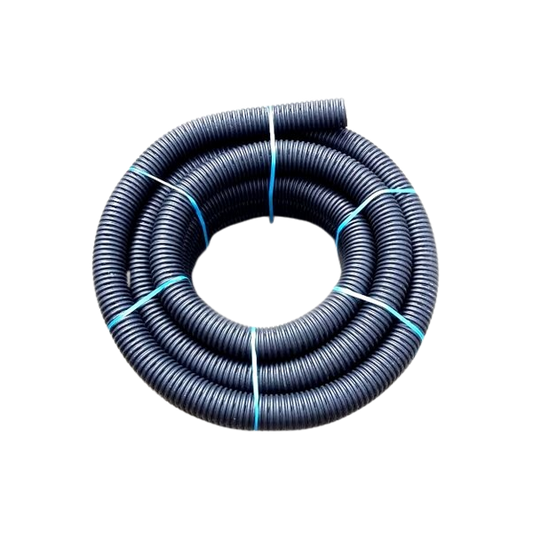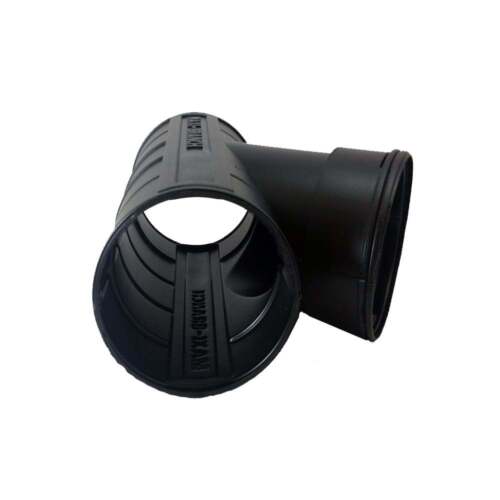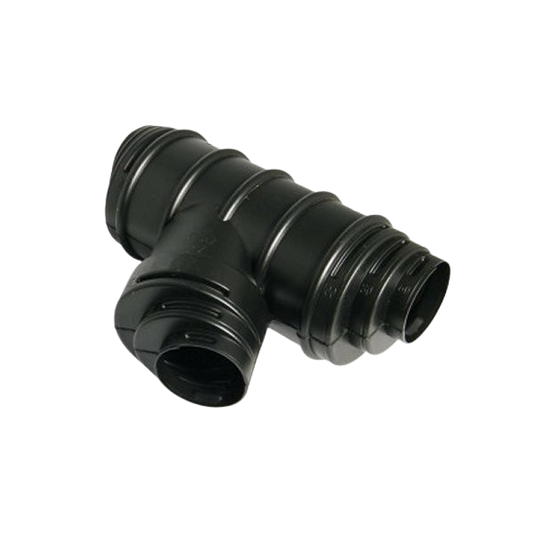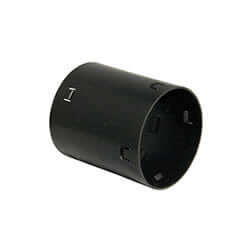As the global population continues to rise, it’s estimated we could reach 10 billion people by 2050. To feed this many people, we’ll need to produce record quantities of food — but how can we achieve this using only the land we already have?
The pressure to produce more food and revenue from agriculture is driving global deforestation and the clearing of wetlands for farming. However, there is a way to increase yields while still protecting our ecosystems — and the answer lies in smarter, more sustainable land management.
According to the UN’s Food and Agriculture Organization (FAO), the world produces around 4 billion metric tons of food each year — yet 1.3 billion tons go to waste. Consumers often demand the freshest produce, and when food isn’t deemed “perfect,” it’s discarded as it nears its sell-by date. Over-serving and portion waste, both at home and in restaurants, also contribute massively to this problem.
We have enough food to feed the global population — it’s just not being managed efficiently. So, how can we prevent this from happening?
What can we do?
1. Develop better eating habits
Research from Italy suggests that up to 140 million metric tons of excess food — enough to feed 270,000 more people — is consumed unnecessarily each year, leading not only to food waste but also to growing health concerns.
2. Move to electric vehicles
Not all edible crops end up as food. Almost 600 million hectares of land are used to grow crops for ethanol production, meaning vast amounts of corn, wheat, rice, and sugar beet end up in car fuel tanks rather than feeding people. The shift toward electric and hydrogen-powered vehicles could change that dramatically. If that land were repurposed for food production, it could potentially feed an additional 280 million people worldwide.
3. Reduce meat consumption
A significant proportion of crops grown globally are used to feed livestock rather than people. According to the UN, nearly half the world’s grain supply is consumed by animals. Reducing meat consumption by just half could free up a quarter of that grain supply for human consumption — without needing additional farmland.
4. Improve soil health and land drainage
Much of the world’s farmland isn’t performing at its full potential due to poor soil health and drainage. Well-managed and well-drained land can increase crop yields by as much as 150%, ensuring healthier soil and more efficient water use.
How can we help you?
At Cotterill Civils, we supply both perforated and unperforated land drainage pipe to suit a wide range of agricultural and civil applications. Our drainage solutions are available in multiple sizes, including 60mm, 80mm, 100mm, and 160mm diameters — all supported by high-quality junctions, connectors, and headwalls.
By installing effective land drainage systems, you can improve soil structure, increase yield, and play your part in making the most of the farmland we already have — without harming the environment.
Call our experts today on 0121 351 3230 to discuss the best solution for your land.
Alternatively, fill out our enquiry form:







